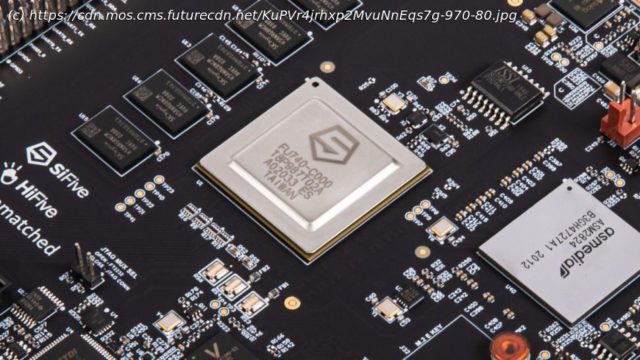Interview: SiFive is bullish about the chances of RISC-V, a new paradigm in open source hardware
I first came across RISC for the end user back in 2012 when I had the chance to review a MIPS-powered, Android based tablet which was an eye opener. So when, more than a decade later, the chance to interview Chris Jones, Vice President of Products at RISC hardware startup, SiFive, came up, it was too good of an opportunity to pass.
SiFive has been in the news for espousing the RISC-V, the open source hardware paradigm that could be described as the next big thing in compute. At a time where Arm and x86 (Intel and AMD) are under growing pressure from the market to execute faster in an increasingly fragmented market where your biggest partners could often become your mightiest competitors (hello hyperscalers), RISC-V has the potential to shuffle the market is a way not seen for more than a decade. The third force may suddenly become a much, much bigger player as AI comes to the fore.
Could RISC-V be the equivalent of Linux for hardware compute? Where is SiFive going? Will it go in the GPU market? What’s in the pipeline and what can be done to increase the momentum behind RISC-V? We answer these and more below.
Let’s start with a simple one: what’s the difference between OpenRISC and RISC-V (and how does SiFive make money?).
RISC-V is an open instruction set architecture (ISA) that is unlocking a new era of computing innovation. RISC-V is governed by RISC-V International, which has more than 3,100 members across 70 countries collaborating together to define RISC-V open specifications and contribute to the RISC-V ecosystem.
OpenRISC, which pre-dates RISC-V, is a project focused on developing free and open processors for embedded systems. RISC-V was developed as a more modern approach to offer unparalleled flexibility, extensibility, and scalability. RISC-V’s clean slate design makes it easy for developers to choose what extensions work for any given application and then tailor their design to meet specific requirements for power, performance, price, etc.






